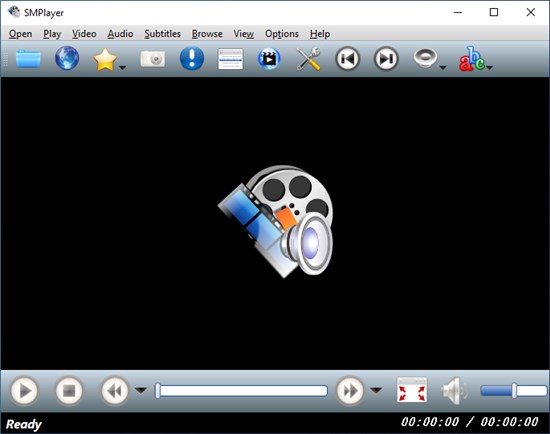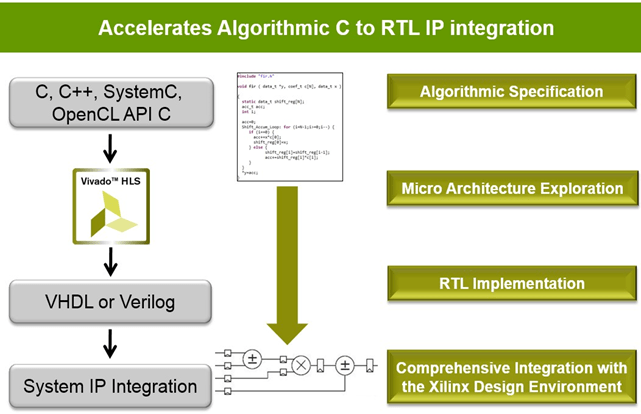
It shall be done on server side, preferably in a language which can interact with websockets easily (like java). Step3 and step4 are straightforward, there are tons of howtos on these ones. Going back to my list, step2 can be done with MP4Box - at least I believe / hope. mux.js - inspection and manipulation tools for video files.
#FREE HLS PLAYER HTML5 MP4#
MP4Box.js - segment an MP4 file for use with the Media Source Extension API.However there are nice items which can help: I don't want to use GStreamer or ffmpeg, they are both too heavy. Streamedian seemed a good solution for the first sight, but they doesn't publish their server side codes, and also their site returned with 502 error for a day. In this case only step 1 happens on the server, then h264 is pushed into the websocket, and on the client side there is the restructuring and displaying of course. The article from 2014 shows that step2 can also happen on client side. The client consumes the data from websocket and pass it to MSE components for displaying. There are solutions where the step 1 and 2 happens on server side, then the fMP4 is pushed into a websocket. fMP4 can be easily played by HTML5 video if the browser has the MSE (alternative is to use broadway.js that is cool but CPU intensive).restructure the stream (convert it to fragmented MP4).parse the RTSP and extract the h264 stream.Embedding requires altering the email or web page’s code to incorporate the video player’s code. To embed a video player is to add the software to a user-facing page, whether it’s on an app, website, or email. So, as of today, the best solution would be this: A video player is a user-facing media distribution software program that allows viewers access to digital video content.
#FREE HLS PLAYER HTML5 HOW TO#


I've read a lot about this topic and also tried some solutions but I have some constraints: Yes, this topic keeps popping up from time to time also here on SO.


 0 kommentar(er)
0 kommentar(er)
